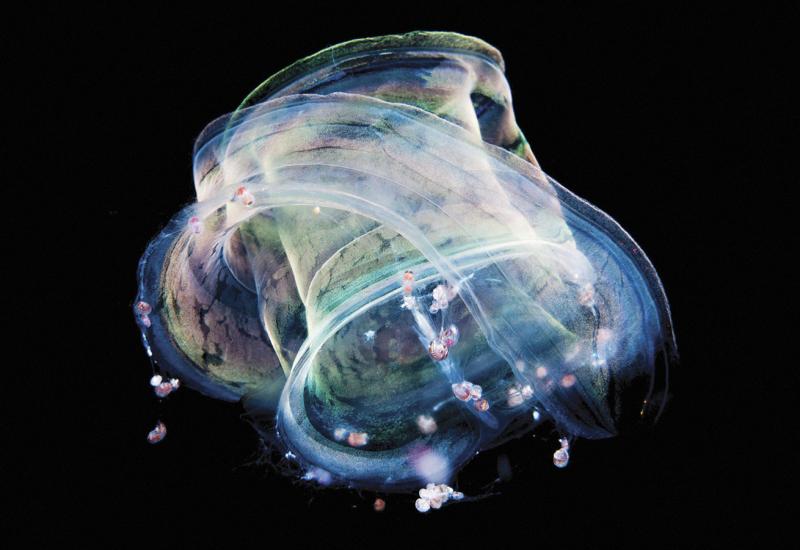How To Deal with a Panicking Scuba Diver Underwater (and on the Surface)

ShutterstockSince panic contributes to 20 percent of diver deaths, it is important to recognize the signs in others — it may save a life.
The most dangerous situation for a diver isn’t schooling sharks, the bends or running out of air — it’s panic, which accounts for at least 20 percent of all diver deaths. Someone in the grip of a panic attack doesn’t think rationally. They can bolt to the surface, discard their regulators or harm other divers. One of the most important skills to have — usually learned through Rescue Diver and Divemaster courses — is how to safely deal with these situations. For an idea of what it takes, here are five tips for helping panicked divers.
1. Learn to recognize panic
It’s best to diffuse anxiety before it becomes a full-blown attack. Divers on the verge of panic often display predictable signs including “wide and unseeing eyes,” meaning their eyes are open very wide in fear, but they don’t recognize your hand signals or attempts to help. Pre-dive, pay special attention to those who seem agitated about minor details of the dive plan or fixated on their equipment, which are common ways of compensating for feelings of unease.
2. Make a cautious approach
When you recognize panicked divers, approach them carefully but confidently with your arm outstretched and your palm up in a “stop” signal until they recognize you’re there to help and they acknowledge your hand signals. Stay at arm’s length, however, because they may harm you in a struggle.
3. Use eye contact and deep breaths
A hand on the shoulder and direct eye contact is one of the most effective ways to calm a panicked diver. Once the person is responsive, signal him or her to look you in the eye, then hold the person by the upper arm or BC strap and encourage him or her to take slow, deep breaths while maintaining eye contact. Panicked divers often hyperventilate, but a few deep breaths can bring them around in seconds.
4. Take charge
For a panicked diver on the surface who is non-responsive, the safest approach is to place a floatation device (like an inflated BC or life ring) between you and the victim. If underwater, swim behind the diver, hold him or her firmly by the tank valve, make sure the regulator is in place, then make a slow ascent, inflating his or her BC once you reach the surface. If needed, continue holding the tank valve as you both move toward the boat.
READY TO BE A DIVE LEADER? SIGN UP FOR PADI'S ONLINE RESCUE DIVER OR DIVEMASTER COURSE TODAY!
5. Know when to back away
Never sacrifice your own safety for a panicked diver; that can cause you to be another potential victim. Proper rescue techniques are designed to help you help other divers, while minimizing your own risk. However, if the diver is far larger, or actively fights you, it may not be possible to get him or her to safety without endangering yourself. In this case, the best option is to get free and back away.
More tips to survive any dive scenario:










